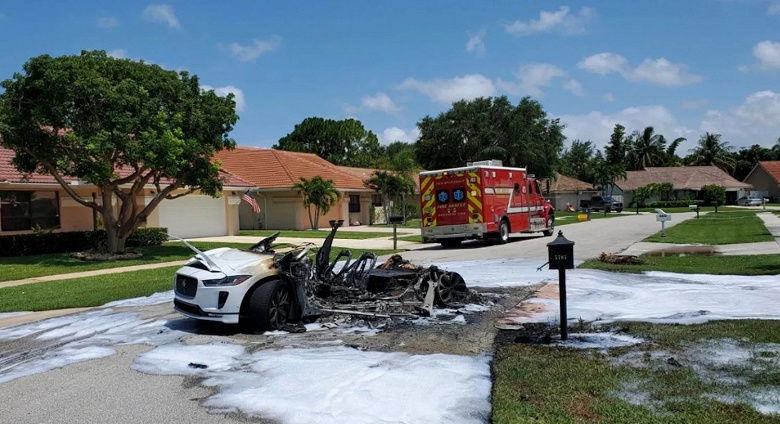McDonald’s built the first self-contained solar-powered restaurant
The concept of “clean zero”, that is, zero emissions of carbon dioxide (CO 2 ) into the atmosphere, is gaining momentum in the United States. McDonald’s is another company to get involved in this process: it announced the completion of the construction of the first fast-food restaurant of its kind, which draws all its energy from renewable sources.
The flagship restaurant is located in Orlando, Florida, on the west side of the Disney Hotel on Buena Vista Drive. The facility produces enough energy locally to fully cover its needs throughout the year. The facility will also serve as a kind of research site as part of the company’s efforts to reduce energy and water consumption. Now, due to quarantine measures caused by the COVID-19 pandemic, the facility is only open for servicing cars (Mac Drive) and delivering food on orders.
This 750 m 2 restaurant has:
- an array of 1,066 solar panels capable of producing 600,000 kWh of electricity per year;
- 140 m 2 of photovoltaic glass panels integrated throughout the building, capable of producing nearly 70,000 kWh per year;
- special jalousie windows with an area of more than 56 m 2 that open and close automatically, providing an inflow of cool air and an outflow of warm air;
- green, walls covered with plants area exceeding 156 m 2 absorb carbon dioxide, promote the preservation of biodiversity and retain water;
- Solar-powered lighting poles installed in the parking lot save over 9,000 kWh annually.
- low-water plumbing, drain paving stones and native Florida plants reduce water consumption and waste;
- There are even stationary bicycles that customers can use to power the lighting of McDonald’s signature golden arch.McDonald’s will certify zero energy consumption next year with the International Institute for Future Living. The restaurant’s energy data will be used by McDonald’s to meet its sustainability goals, including progress towards the stated goal of reducing greenhouse gas emissions by 36% in restaurants and offices by 2030, compared to 2015.
McDonald’s entered into two investment agreements last year to acquire 380 MW solar and wind power. This is estimated to generate enough energy to power more than 2,500 restaurants, reducing carbon dioxide emissions by more than 700,000 tonnes per year.









